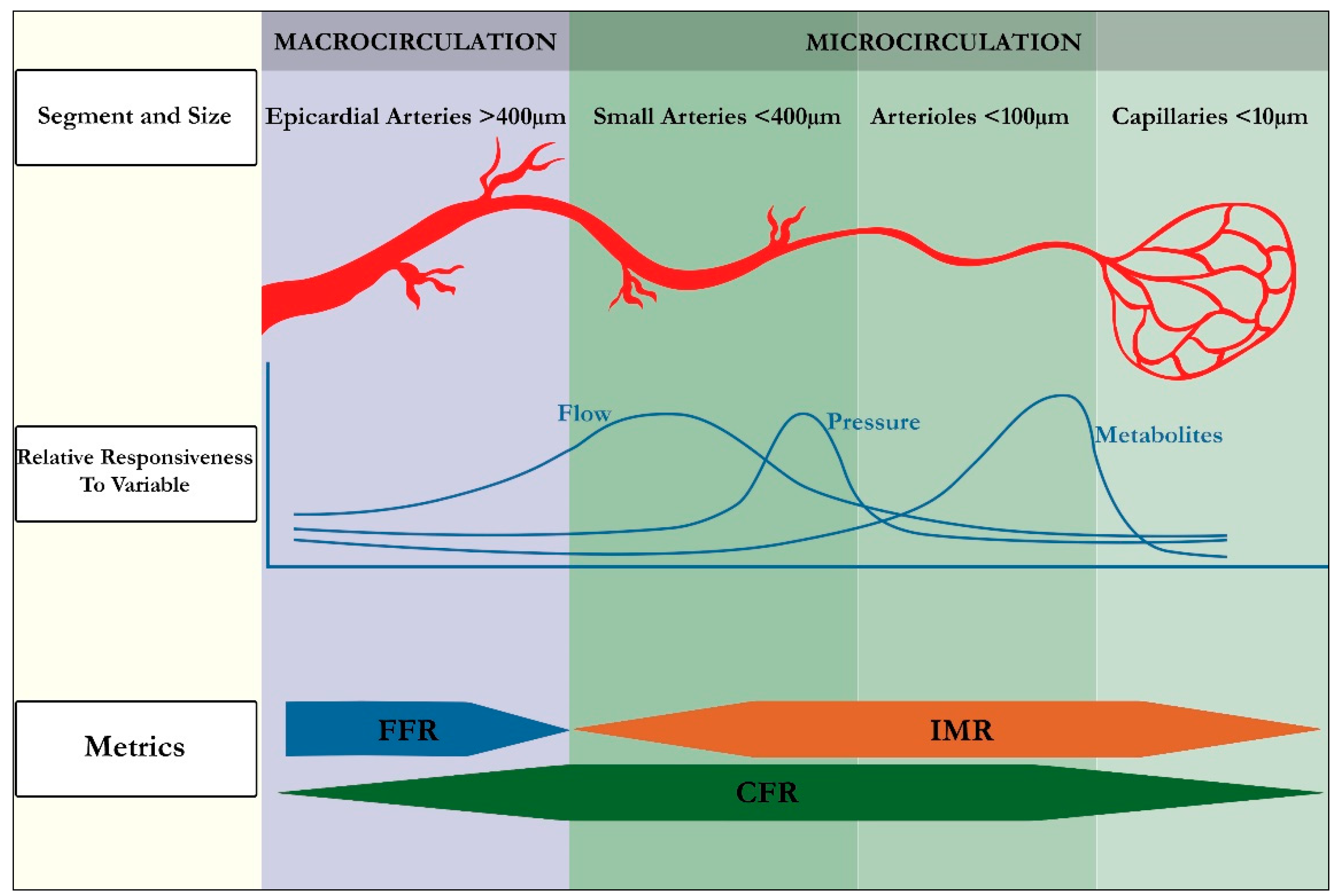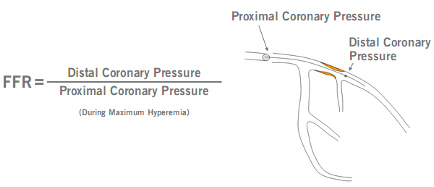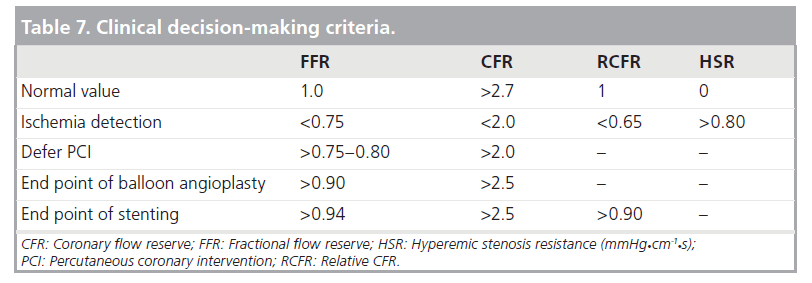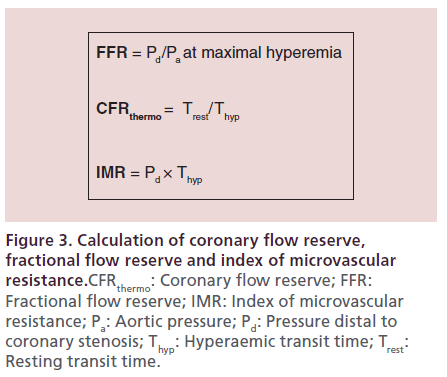fractional flow reserve normal values
Where Qflow μ blood viscosity L length stenosis and A a cross-sectional area. The normal ratio is expected to be 1.

Jcm Free Full Text Invasive Evaluation Of The Microvasculature In Acute Myocardial Infarction Coronary Flow Reserve Versus The Index Of Microcirculatory Resistance Html
Fractional flow reserve FFR is the extent to which maximal myocardial flow is limited by the presence of an epicardial stenosis.

. Fractional flow reserve FFR measurement involves determining the ratio between the maximum achievable blood flow in a diseased coronary artery and the theoretical maximum flow in a normal coronary artery. The fundamental limitations of coronary angiography and its poor correlation with functional stenosis severity in terms of blood flow obstruction are well recognized. The first was derived by comparing FFR against a series of non-invasive tests with a value of 075 shown to predict a positive ischaemia test.
The higher the fractional flow reserve value the lower the chances of any abnormality. Although the normal value of 10 is well. Fractional Flow Reserve Measurement in the Catheter Laboratory Clinical Utility.
1 3 An FFR value 075 is almost uniformly associated with signs of ischemia 4 9 whereas an FFR 080 is usually associated. This activity describes the quantification of blockages in the coronary artery using the fractional flow reserve method. Fractional flow reserve FFR measurement involves determining the ratio between the maximum achievable blood flow in a diseased coronary artery and the theoretical maximum flow in a normal coronary artery to determine the likelihood that the stenosis impedes oxygen delivery to the heart muscle.
An FFR lower than 075-080 is generally considered to be associated with. Fractional flow reserve FFR is a physiological index of the severity of a stenosis in an epicardial coronary artery based on the pressure differential across the stenosis. Fractional flow reserve computed tomography FFR CT is a noninvasive means of estimating coronary ischemia using principles of fluid dynamics to create three-dimensional mathematic modeling of coronary flow pressure and resistance under varying hemodynamic conditions.
Therefore clinical decision-making based upon absolute coronary flow reserve remains difficult. Moreover 10 of vessels from patients in the reference group with normal FFR values which were treated by optimal medical therapy alone suffered MACE within the first 2. Abnormal cffr values were found in 69 575 mb patients 29.
A pullback of the pressure wire is performed and pres. Ffr values 08 may allow safe deferral of revascularization. Where ΔPpressure gradient A s and ν n are the area at the stenosis and the normal reference.
Fractional flow reserve FFR is an invasive measurement developed in 1990s for evaluation of functional significance of stenoses in the epicardial coronary artery. FFRCT should always be interpreted in. For example an FFR value of 080 means that the maximum blood flow in the coronary artery being measured is 80 of what it would be if the artery were.
Sechtem U Angina pectoris in patients with normal coronary angiograms. 3 However a common problem in the interpretation of classic flow indexes has been the. Usually a fractional flow reserve value of one is accepted as normal whereas values lower than 075 generally indicate a heart attack.
A major limitation of classical flow reserve indexes such as coronary flow reserve CFR blood flow velocity and absolute flow is the wide variability of normal values. FFR value represents the fraction of the normal maximal myocardial flow that can be achieved despite the coronary stenosis. FFR uses a small sensor on the tip of the wire commonly a transducer to measure pressure temperature and flow to determine the exact severity of the lesion.
The normal value of FFR is 1 whatever the patient the territory the systemic haemodynamics the size of the vessel or the myocardial mass. To evaluate lesion-specific ischemia FFRCT is measured 2 cm distal to a stenotic lesion. The blunted vasodilation.
Values associated with inducible ischemia or not 57. The fractional flow reserve value is displayed on the monitor attached. Diagnosis and Treatment Based on Fractional Flow Reserve and Coronary Flow Reserve Values.
Fractional Flow Reserve. The normal value of FFR is unequivocally 1 for every coronary artery regardless of size. An FFR of 10 is widely accepted as normal.
A diminished hyperemic response due to microvascular dysfunction can lead to a false normal FFR value and a misguided clinical decision. FFR is defined as the mean distal coronary pressure measured with the pressure wire divided by the mean proximal coronary or aortic pressure measured with the guide catheter during maximal hyperemia. This is done during maximal blood flow hyperemia which can be induced by injecting products such as adenosine or papaverine.
For example an FFR of 075 means that the stenotic. Moreover as blood flow converges towards a stenosis a trans-lesion pressure gradient is formed as denoted in the Bernoulli equation. Normal values of CFR widely vary from patient to patient and strongly depend on the current.
Ffr value represents the fraction of the normal maximal myocardial flow that can be achieved despite the coronary stenosis. The invasive measurement of fractional flow reserve FFR can determine the haemodynamic relevance of coronary artery stenoses. As a result there is a wide variation in normal values and a large overlap between normal and pathologic values ie.
There have been two proposed cut-off points for FFR. Current pathophysiological concepts and therapeutic options Heart 2012981310209. Fractional flow reserve normal values.
FFR values less than 0. Fractional flow reserve FFR defined as the ratio of maximum flow in the presence of a stenosis to normal maximum flow is a lesion-specific index of stenosis severity that can be calculated by simultaneous measurement of mean arterial distal coronary and central venous pressure Pa Pd and Pv respectively during pharmacological vasodilation. Determination of FFR is recommended in coronary artery stenoses with a luminal diameter narrowing between 50 and 90 if no non-invasive proof of ischaemia is available1 To measure the FFR of a given coronary lesion a wire or a.
During coronary catheterization a catheter is inserted into the femoral groin or radial arteries wrist using a sheath and guidewire. Fractional flow reserve FFR has been shown to improve outcomes when used to guide percutaneous coronary intervention PCI. An FFR of 10 is widely accepted as normal.
CT fractional flow reserve FFRCT is a physiologic simulation technique that models coronary flow from routine coronary CT angiography CTA. The fractional flow reserve FFR has emerged as an important addition to coronary angiography for clinical decision-making in ischemic heart disease IHD 3 4. The fractional flow reserve FFR represents the standard of reference for invasive functional evaluation of the ischemic potential of coronary stenosis and is a valuable tool to guide percutaneous revascularization.
1 2 Therefore many methods have been proposed to directly measure flow flow reserve or other flow indexes. FFRCT greater than 08 is normal 07608 is borderline and 075 or less is abnormal.

Theoretical Expressions Of Ffr And Cfr Ffr Can Be Expressed As A Download Scientific Diagram

Fractional Flow Reserve Coronary Flow Reserve Imr Microvascular Resistance

Fractional Flow Reserve Ffr In The Presence Of Serial Stenoses In A Download Scientific Diagram

Fractional Flow Reserve Coronary Flow Reserve Imr Microvascular Resistance

Conceptual Plot Of The Fractional Flow Reserve Ffr Coronary Flow Download Scientific Diagram

Fractional Flow Reserve Ffr Cathlab Com

Fractional Flow Reserve To Guide Coronary Revascularization Semantic Scholar

Fractional Flow Reserve Simple Knowledge Base

Fractional Flow Reserve Coronary Flow Reserve Imr Microvascular Resistance

Rfrist Study Fractional Flow Reserve In Functional Quantification Of Renal Allograft Artery Stenosis Rationale And Study Design Revista Brasileira De Cardiologia Invasiva English Edition

Role Of Fractional And Coronary Flow Reserve In Clinical Decision Making In Intermediate Coronary Lesions

Current Frontiers In The Clinical Research Of Coronary Physiology

Coronary Flow Velocity Reserve Coronary Flow Velocity Reserve Download Scientific Diagram

Concept Of Fractional Flow Reserve Fractional Flow Reserve Ffr Is Download Scientific Diagram

Fractional Flow Reserve Ffr Measurement Of The Right Coronary Artery Download Scientific Diagram

Accuracy Of Intravascular Ultrasound Based Fractional Flow Reserve In Identifying Hemodynamic Significance Of Coronary Stenosis Circulation Cardiovascular Interventions

Coronary Flow Reserve And Fractional Flow Reserve Uses Complications

The Distribution Of Values For Fractional Flow Reserve Ffr Download Scientific Diagram
